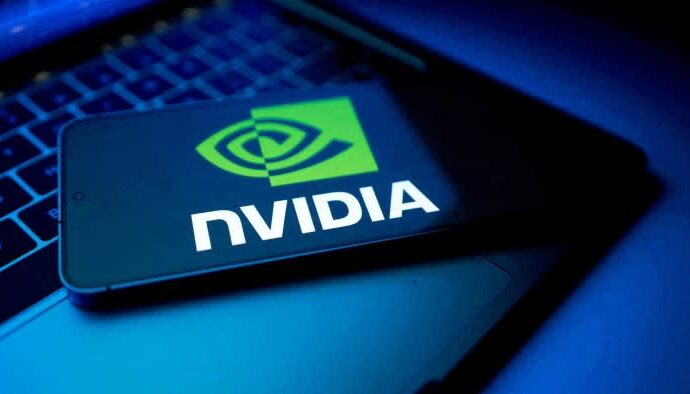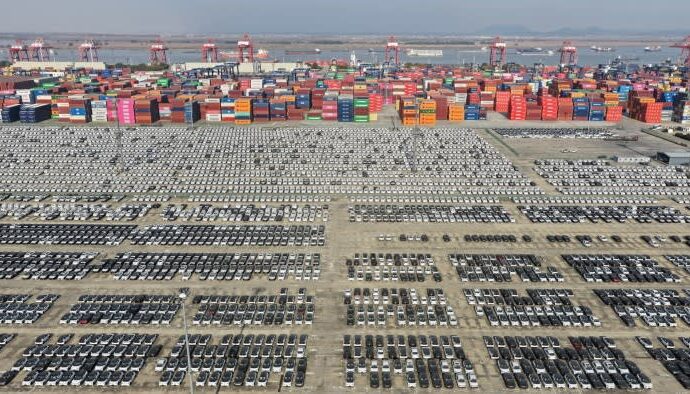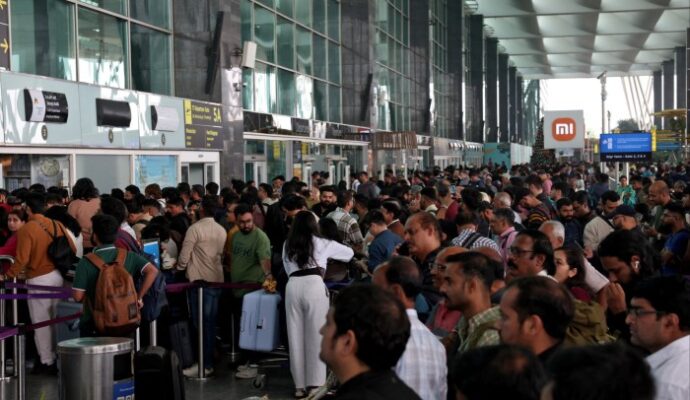A Chinese satellite company linked to the country’s military is supplying Iran-backed Houthi rebels in Yemen with imagery to target US warships and international vessels in the Red Sea, according to American officials.
Donald Trump’s administration has repeatedly warned Beijing that Chang Guang Satellite Technology, a commercial group with ties to the People’s Liberation Army, is providing the Houthis with the intelligence, according to the US officials.
“The United States has raised our concerns privately numerous times to the Chinese government on Chang Guang Satellite Technology Co Ltd’s role in supporting the Houthis in order to get Beijing to take action,” said a senior state department official.
The official added the Asian country had “ignored” the concerns. He also told the Financial Times that the company’s actions and “Beijing’s tacit support” despite Washington’s warnings were “yet another example of China’s empty claims to support peace”.
“We urge our partners to judge the Chinese Communist party and Chinese companies on their actions, not their empty words,” the official said.
Tammy Bruce, the state department’s spokesperson, confirmed CGSTL was “directly supporting Iran-backed Houthi terrorist attacks on US interests”.
She added: “The US will not tolerate anyone providing support to foreign terrorist organisations such as the Houthis.”
The concern about CGSTL comes amid a deepening trade war between the Washington and Beijing after Trump imposed huge new tariffs on imports from China, which are now subject to a 145 per cent levy.
The Houthis started attacking vessels in the Red Sea, a critical maritime route for global trade and the US navy, after Israel launched a war against Hamas, another Iran-backed group, in 2023, in response to the Palestinian militant group’s October 7 attack.
The US has escalated attacks on the rebel group’s positions in Yemen in recent weeks, including a large military strike that was the subject of the “Signalgate” leak and indicated an escalation of the campaign.
China has expressed concern about the Houthis’ attacks. Former president Joe Biden urged Beijing to use its leverage with Iran to rein in the Houthis, but his officials saw no evidence that China had done so.
Trump has made tackling Red Sea instability a priority, amid concerns the Houthis continue to pose a threat to the global economy.
“Beijing should take this priority seriously when considering any future support to CGSTL,” said the US official.
China’s foreign ministry said “since tensions in the Red Sea escalated, China has been actively working to ease the situation”.
“It is clear to the international community who is promoting dialogue and de-escalation, and who is imposing sanctions and pressure, further intensifying tensions,” it added, as it urged countries to “do more that genuinely contributes to regional peace and stability”.
CGSTL has previously come under US scrutiny, and was among groups hit by sanctions in 2023 for allegedly providing high-resolution satellite imagery to Wagner Group, the Russian mercenary army that helped President Vladimir Putin in his full-scale invasion of Ukraine.
The Chinese company was established in 2014 as a joint venture between the provincial government in Jilin and a branch of the Chinese Academy of Sciences in Changchun, the province’s capital.
“Chang Guang is one of a handful of ‘ostensibly’ commercial Chinese satellite companies that are in fact deeply embedded in the military-civil fusion ecosystem, supplying global surveillance capabilities to both civilian and military customers,” said James Mulvenon, an expert on the Chinese military and intelligence services at Pamir Consulting.
Under China’s military-civil fusion programme, companies must share technology with the PLA when ordered by the government.
Matthew Bruzzese, a China defence expert at BluePath Labs, a consulting firm that works with the US government, last year said Chang Guang had 100 satellites in orbit, although it planned to have 300 by the end of 2025, which would enable it to take repeat images of any location in the world every 10 minutes.
Bruzzese said CGSTL had “close connections” to the Chinese government, communist party and military. But he said there were fewer public mentions about its PLA ties from 2020, suggesting it had “become more wary of publicly discussing these connections”.
The US has in recent years imposed sanctions on dozens of Chinese commercial groups with alleged connections to the military.
Bruzzese said CGSTL had provided briefings to senior Chinese officials about its applications, including those for “military intelligence” and had demonstrated its technology before several top PLA officers, including Zhang Youxia, the top general in the Chinese military who is second-in-command after President Xi Jinping.
US concerns about the company come as the Pentagon increasingly focuses on Chinese military activity in space.
The Pentagon has said China put 200 satellites in orbit in 2023, second only to the US. It added Beijing was also exporting its satellite technology, including domestically developed remote-sensing satellites — the same kind of technology being deployed by CGSTL.
Additional reporting by Nian Liu in Beijing


